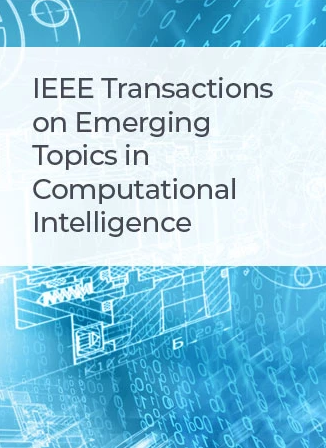从概念到实例:分层强化知识图谱推理
IF 5.3
3区 计算机科学
Q1 COMPUTER SCIENCE, ARTIFICIAL INTELLIGENCE
IEEE Transactions on Emerging Topics in Computational Intelligence
Pub Date : 2024-03-27
DOI:10.1109/TETCI.2024.3372350
引用次数: 0
摘要
知识图谱是一种网络结构,旨在组织现实世界中存在的大量异构知识,已被广泛采用为智能系统的背景知识库。然而,人们普遍认为知识图谱的不完整性是其开发和应用过程中的一个重大挑战。近来,多跳知识图谱推理成为一种颇具吸引力的完善知识图谱的方法。基于强化学习(RL)框架的多跳知识图谱推理在可解释性和可扩展性方面取得了可喜的成绩。RL 代理在策略网络的指导下自动对知识图谱进行推理。面对一个查询,与遍历所有候选答案相比,首先获取答案的大致范围,然后深入研究各个选项是一种更有效的方法。然而,现有的基于 RL 的方法有两个局限性。首先,它们缺乏过滤候选决定的能力,因此处理具有大量邻居的实体具有挑战性。其次,它们未能考虑实体之间的内在关联性。为了解决这些局限性,我们提出了一种新颖的分层知识图谱推理方法 HiKGR,它充分利用了实体的概念信息。具体来说,HiKGR 将 RL 中先前的行动空间重构为概念空间和实例空间,从而使两种策略能够在概念层和实例层交替推理。此外,我们还为两级策略提出了分层奖励函数,以实现联合优化。我们提出的分层推理方法能够选择更合理的候选决策并优化决策空间。实验结果表明,HiKGR 明显优于现有的基于 RL 的方法,并极大地缩小了行动空间的大小。本文章由计算机程序翻译,如有差异,请以英文原文为准。
From Concept to Instance: Hierarchical Reinforced Knowledge Graph Reasoning
The knowledge graph, a networked structure designed to organize the vast and heterogeneous knowledge existing in the real world, has gained widespread adoption as a background knowledge base for intelligent systems. Nevertheless, the incompleteness of knowledge graphs has been widely recognized as a significant challenge in their development and application. Recently, multi-hop knowledge graph reasoning has been an attractive method for completing a knowledge graph. The multi-hop knowledge graph reasoning based on the reinforcement learning (RL) framework has achieved promising performance in terms of interpretability and scalability. An RL agent automatically reasons over a KG under the guidance of a policy network. When faced with a query, obtaining the approximate range of the answer first and then delving into individual options is a more efficient approach compared to traversing all candidate answers. However, existing RL-based methods have two limitations. First, they lack the ability to filter candidate decisions, making it challenging to handle entities with a large number of neighbors. Second, they fail to consider the intrinsic correlations between entities. To address these limitations, we propose a novel hierarchical knowledge graph reasoning approach
HiKGR
, which leverages the concept information of entities. Specifically,
HiKGR
reconstructs the previous action space in RL into a concept space and an instance space, enabling two policies to alternate reasoning at the concept level and the instance level. Furthermore, we propose hierarchical reward functions for the two-level policies to achieve joint optimization. The hierarchical reasoning approach we propose is capable of selecting more reasonable candidate decisions and optimizing the decision space. Experimental results reveal that
HiKGR
significantly outperforms existing RL-based methods and drastically reduces the action space size.
求助全文
通过发布文献求助,成功后即可免费获取论文全文。
去求助
来源期刊

IEEE Transactions on Emerging Topics in Computational Intelligence
Mathematics-Control and Optimization
CiteScore
10.30
自引率
7.50%
发文量
147
期刊介绍:
The IEEE Transactions on Emerging Topics in Computational Intelligence (TETCI) publishes original articles on emerging aspects of computational intelligence, including theory, applications, and surveys.
TETCI is an electronics only publication. TETCI publishes six issues per year.
Authors are encouraged to submit manuscripts in any emerging topic in computational intelligence, especially nature-inspired computing topics not covered by other IEEE Computational Intelligence Society journals. A few such illustrative examples are glial cell networks, computational neuroscience, Brain Computer Interface, ambient intelligence, non-fuzzy computing with words, artificial life, cultural learning, artificial endocrine networks, social reasoning, artificial hormone networks, computational intelligence for the IoT and Smart-X technologies.
 求助内容:
求助内容: 应助结果提醒方式:
应助结果提醒方式:


